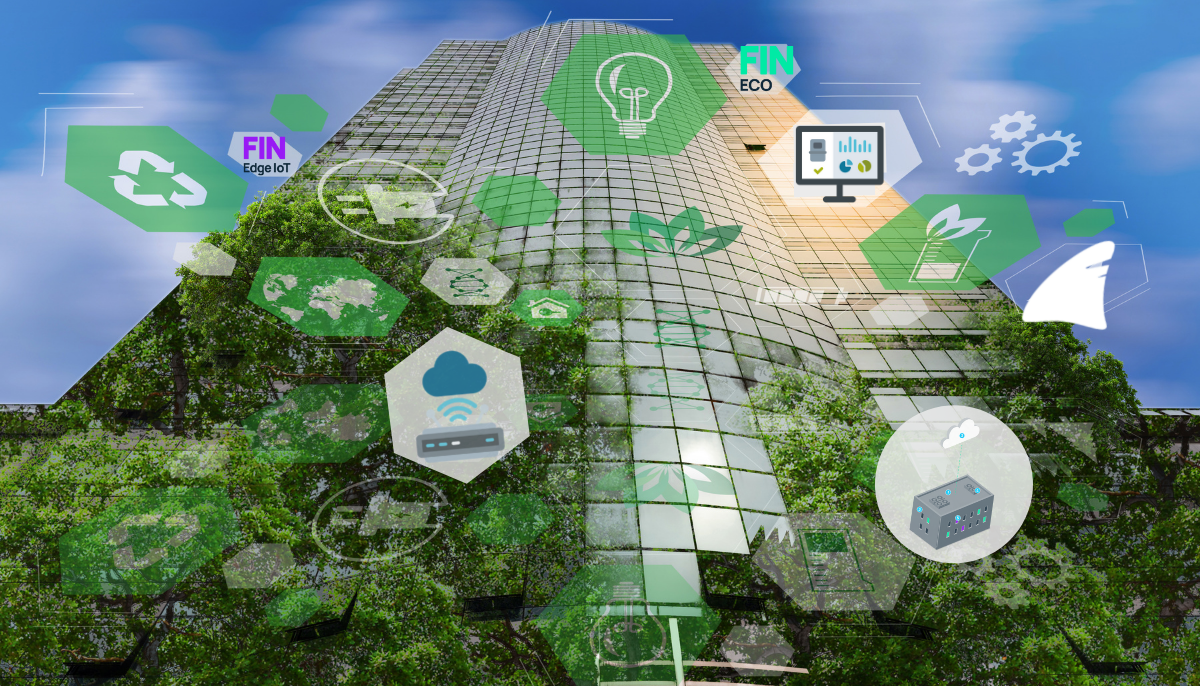The home of smart buildings, smart equipment and IoT

When it comes to climate change, there’s no question that now is the time to take action in the buildings industry. The facts speak for themselves. According to the U.S. Department of Energy (DOE), “residential and commercial buildings account for more than one-third of the climate-altering carbon pollution America releases each year, and consume 40% of the nation’s energy and 75% of its electricity.”
“Americans spend about $100 billion every year on wasted energy from buildings, heating and cooling units, and more – increasing energy bills and needless emissions that dirty our air and worsen the climate crisis. By pursuing advancements that make both existing and newly constructed buildings more energy efficient, we can save consumers money and reduce the climate impacts of the places we live and work.” - Secretary of Energy Jennifer M. Granholm
What is your country doing for climate change and how do smart buildings play into it? In the U.S., initiatives are taking shape to reduce carbon emissions in buildings (among other things).
There is a growing need for skilled workers with expertise in clean energy technology like renewables, efficient lighting, and energy demand management. Here in the United States, the Biden Administration has proposed a $30 million investment in workforce initiatives designed to train technicians.
Historically, buildings are not made to take advantage of renewable energy like solar and wind. To help bring these together, the U.S. Department of Energy has released recommendations to integrate buildings with solar and wind power through demand management and storage. Their grid-interactive efficient buildings (GEB) "roadmap," could create savings up to $200 billion through 2040.
Another Whitehouse initiative taking place is the creation of building performance standards for federal government buildings. The federal government is the single largest energy consumer in the U.S., representing almost 60% of its energy use across more than 360,000 buildings. This initiative will be spearheaded by the Council on Environmental Quality.
The U.S. DOE is also investing in data, modeling, and analytics as part of its $83 million funding initiative called BENEFIT. One of the 44 projects being funded is an initiative by Project Haystack. According to the announcement, “Project Haystack will create a validation and accreditation framework to standardize metadata templates across grid-interactive efficient buildings and energy management information system platforms.”
When it comes to smart buildings, FIN Supervisory & Control is an application suite that brings together renewables, HVAC, lighting/shading control, and energy/power management into an integrated platform. The FIN Framework technology helps OEM partners develop solutions that enable grid interactive smart buildings. They can also create smart equipment using FIN ECO for mechanical plants and renewable energy systems.
For less sophisticated buildings, our microBMS application provides technicians with a plug-and-play environment for helping automate and control the large number of small to mid-sized buildings in the U.S. that are not realizing their energy efficiency potential. The microBMS builder is a simple, step-by-step configuration wizard to help facilitate the installation without the need for specialized expertise. This creates a shorter learning curve for technical training and increases the number of qualified technicians.
FIN software for energy management can manage, monitor, analyze and control complex energy flows and increase an energy systems’ flexibility and reliability. It provides a Single Pane of Glass (SPoG) for a holistic view of energy management and easy multi-protocol integration. Additionally provides secure remote access to data anytime, anywhere via Edge2Cloud technology and utilizes the power of Haystack semantic tagging for the data.
As President Biden has declared before, climate change is the “number one issue facing humanity.” Buildings play an important role in helping save the planet and will create millions of jobs along the way.
If you’re a building owner looking to reduce your carbon footprint, check out our FIN-based application suites here. If you’re an OEM partner, contact us to learn more about leveraging the FIN Framework for your next climate saving product.
Scott joined J2 Innovations as a partner in 2011, and is now Vice President of Customer Experience. He has a wide range of responsibilities including evangelism, business development, training, and operational excellence. Scott is well known as an industry expert in smarthomes and smart buildings. He is a past president of ASHRAE, and is currently a board member for Project Haystack. Scott attended Clarkson University for Mechanical Engineering and graduated with a BS/Business in Organizational Innovation.
Topics from this blog: FIN Edge2Cloud FIN microBMS FIN ECO Energy management FIN Framework
Back to all posts
J2 Innovations Headquarters, 535 Anton Blvd, Suite 1200, Costa Mesa, CA 92626, USA. Tel: 909-217-7040